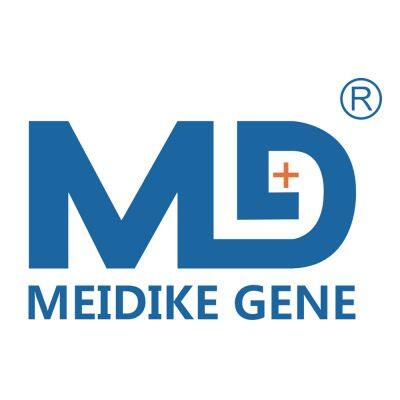Home > Company News > 9 Types of Specimen Collection
Company News

When it comes to medical diagnostics, accurate specimen collection is crucial. Different types of specimens provide various insights into a patientâs health. Here, we explore the primary types of specimen collection, including blood specimen, stool specimen, urine specimen, respiratory specimen, CSF and other fluids, wound specimen, genital specimen, ear specimen, and conjunctival specimen.
1. Blood Specimen CollectionBlood specimen collection is one of the most common procedures in medical diagnostics. It involves drawing blood from a vein, typically using a needle and syringe. Blood tests can reveal a wealth of information about a patientâs health, including infections, organ function, and genetic conditions. Click here for blood specimen collection tube information
2. Stool Specimen CollectionA stool specimen collection is vital for diagnosing gastrointestinal diseases, infections, and parasites. Patients are usually provided with a sterile container(stool collection cup) to collect a small sample of their feces, which is then analyzed in a laboratory.
3. Urine Specimen CollectionUrine specimen collection is essential for detecting urinary tract infections, kidney diseases, and metabolic disorders. There are various methods, including the midstream clean-catch technique, 24-hour urine collection, and catheterization, depending on the diagnostic requirement.
4. Respiratory Specimen CollectionRespiratory specimens are collected to diagnose infections in the lungs and airways. Samples can be obtained through methods such as sputum collection, throat swabs, and nasopharyngeal swabs. These specimens are crucial for identifying pathogens like bacteria and viruses.
5. CSF and Other Fluids CollectionCerebrospinal fluid (CSF) and other body fluids like pleural, peritoneal, and synovial fluids are collected to diagnose infections, neurological disorders, and other conditions. The collection of these fluids typically involves a lumbar puncture or aspiration from the respective body cavity.
6. Wound Specimen CollectionWound specimen collection helps diagnose infections in open wounds, surgical sites, or ulcers. Swabs of the wound site are taken and cultured to identify the causative organisms and determine appropriate treatment.
7. Genital Specimen CollectionGenital specimen collection is primarily used for diagnosing sexually transmitted infections (STIs). Samples can include swabs from the cervix, vagina, urethra, or lesions. These specimens help in identifying pathogens like bacteria, viruses, and fungi.
8. Ear Specimen CollectionEar specimens are collected to diagnose infections in the ear canal or middle ear. This typically involves swabbing the affected area. Accurate collection is critical for identifying the causative agents and guiding treatment.
9. Conjunctival Specimen CollectionConjunctival specimens are collected to diagnose infections or inflammations of the eye, such as conjunctivitis. The procedure typically involves swabbing the conjunctival surface.
Here at MEIDIKE GENE, we have specimen collection swabs and test kits for just about any application including those mentioned above. To see how we can offer a customized solution for your specific needs, contact us today



